The anti ageing-drugs market is currently characterized by a dynamic competitive landscape, driven by a confluence of innovation, strategic partnerships, and a growing consumer demand for longevity solutions. Key players such as Elysium Health (US), Calico Life Sciences (US), and Unity Biotechnology (US) are at the forefront, each adopting distinct strategies to carve out their market positions. Elysium Health (US) focuses on developing scientifically-backed supplements aimed at cellular health, while Calico Life Sciences (US) emphasizes research and development in genetic and molecular biology to combat age-related diseases. Unity Biotechnology (US) is pioneering therapies that target cellular senescence, indicating a strong operational focus on innovative drug development. Collectively, these strategies not only enhance their competitive edge but also contribute to a rapidly evolving market landscape.
In terms of business tactics, companies are increasingly localizing manufacturing and optimizing supply chains to enhance efficiency and responsiveness to market demands. The competitive structure of the anti ageing-drugs market appears moderately fragmented, with several players vying for market share. However, the influence of major companies is substantial, as they leverage their resources and expertise to shape industry standards and consumer expectations.
In October 2025, Elysium Health (US) announced a partnership with a leading research institution to advance its clinical trials for a new anti ageing supplement. This collaboration is strategically significant as it not only bolsters Elysium's research capabilities but also enhances its credibility in the market, potentially leading to increased consumer trust and sales. The partnership underscores the importance of scientific validation in the anti ageing sector, where consumers are increasingly discerning about product efficacy.
In September 2025, Calico Life Sciences (US) revealed a breakthrough in its research on telomere extension, which could significantly impact cellular aging. This development is crucial as it positions Calico at the cutting edge of anti ageing research, potentially leading to novel therapies that could redefine treatment paradigms. The implications of such advancements could be profound, influencing both market dynamics and consumer perceptions of longevity solutions.
In August 2025, Unity Biotechnology (US) secured $50M in funding to accelerate its clinical trials for a new senolytic drug. This financial boost is indicative of investor confidence in Unity's innovative approach to combating age-related diseases. The funding will likely enhance Unity's operational capabilities, allowing for faster development timelines and a stronger competitive position in the market.
As of November 2025, current trends in the anti ageing-drugs market are increasingly defined by digitalization, sustainability, and the integration of artificial intelligence in research and development processes. Strategic alliances are becoming more prevalent, as companies recognize the value of collaboration in navigating complex regulatory environments and advancing scientific research. Looking ahead, competitive differentiation is expected to evolve, with a marked shift from price-based competition towards innovation, technological advancements, and supply chain reliability. This transition suggests that companies that prioritize research and development, alongside sustainable practices, will likely emerge as leaders in the anti ageing-drugs market.


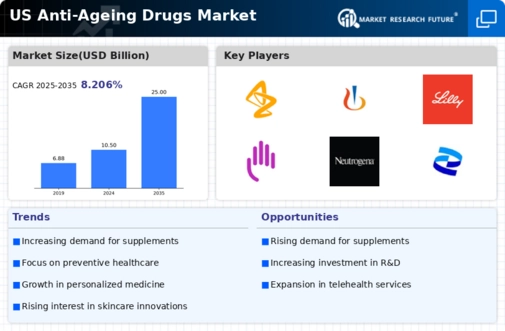
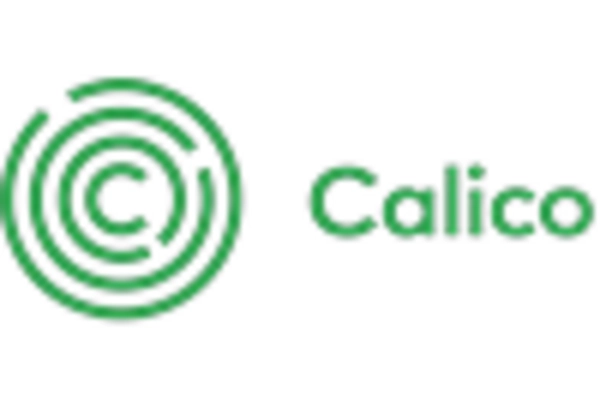
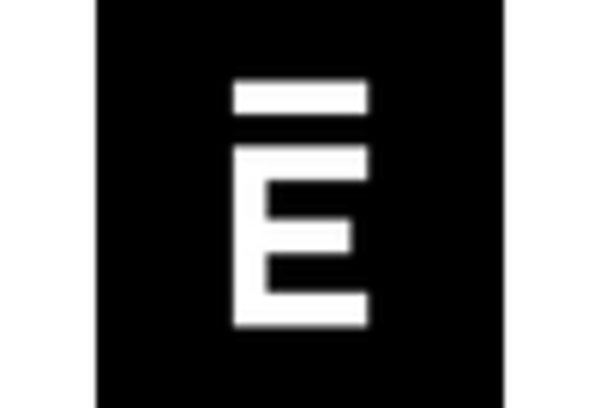
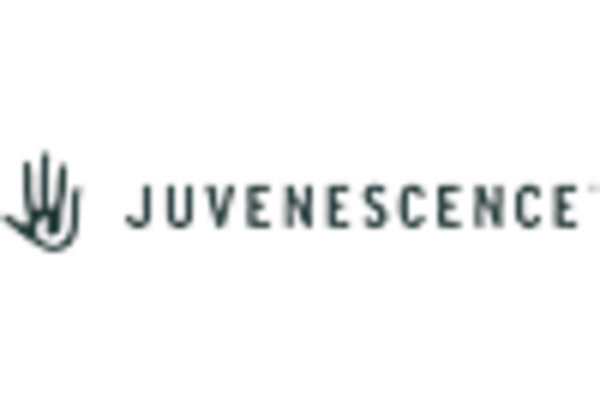
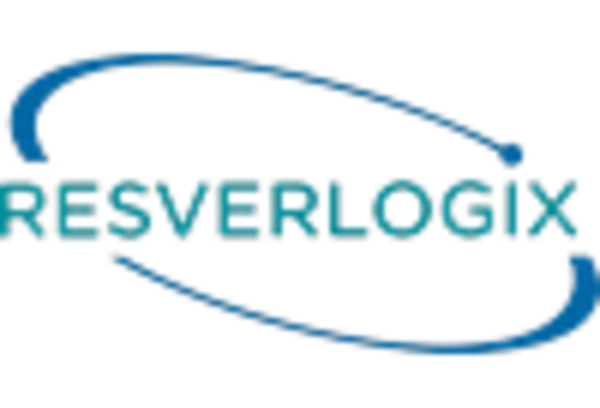
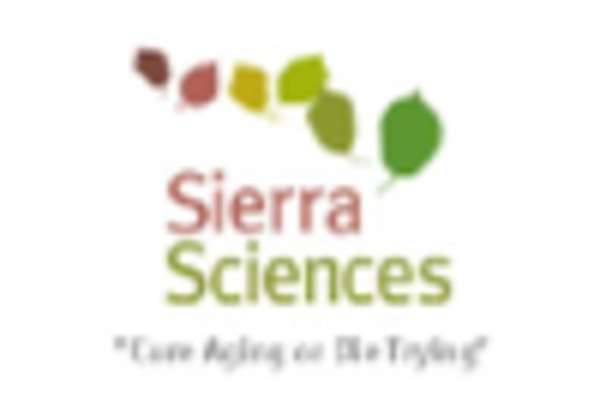
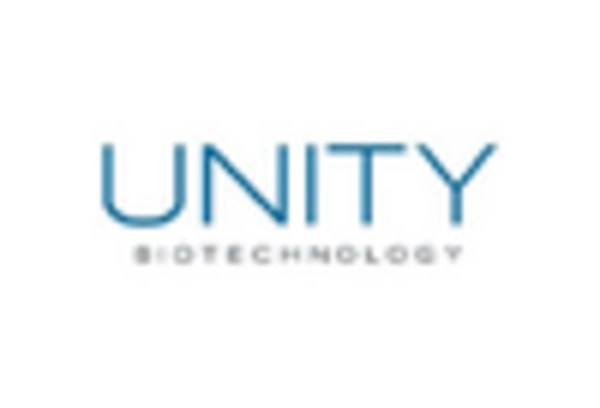








Leave a Comment